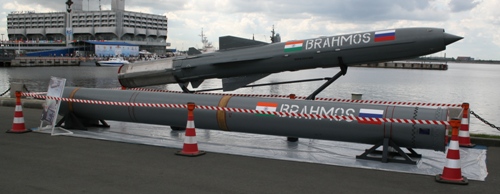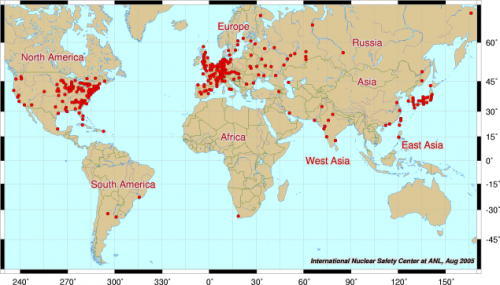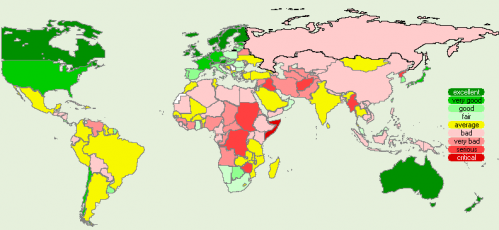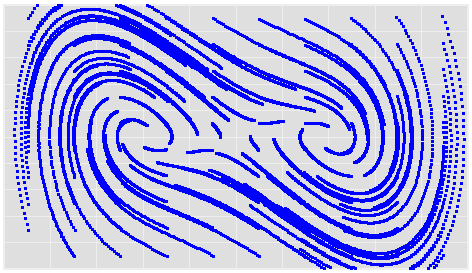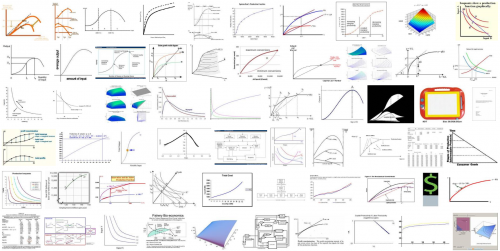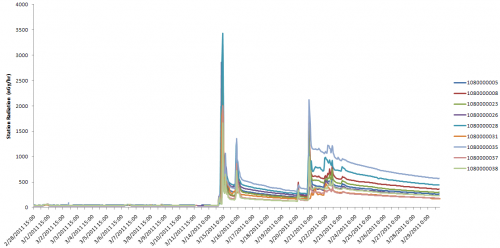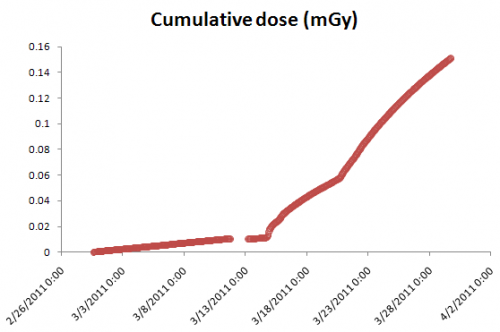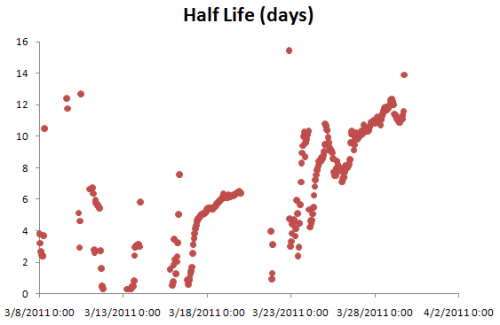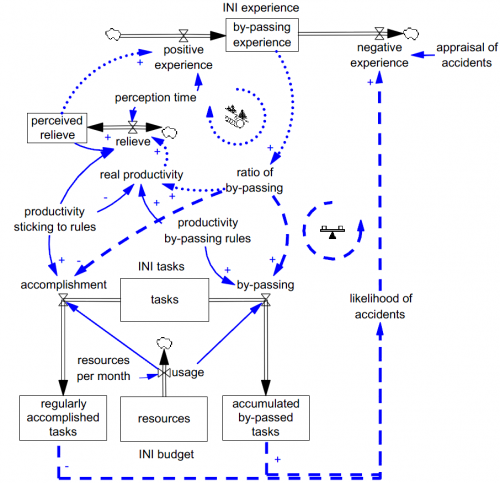Grist covers a detailed report on the rebound effect, which recently appeared at ElectricityPolicy.com (pdf from NRDC). The report discusses a wide range of rebound arguments, basically concluding that rebounds are not a big deal.
Some of the reasons derive from the microeconomic effects of efficiency improvements. For example, improving the efficiency of light bulbs makes light services cheaper. But user’s don’t immediately increase lighting in proportion to the cost reduction, because their demand for lighting is saturated: there are only so many fixtures in a house, hours in the day requiring light, etc. Similarly, the elasticity of dirty dish production with respect to the energy cost of running a dishwasher is pretty darn low. This is reminiscent of the dynamics of process improvement at Analog Devices, where TQM improved productivity, but the company had a hard time translating that to expansion of its market niche in the short term.
I think the report underweights the long term effects of efficiency though. Efficiency increases contribute to aggregate productivity growth in the economy (more than you’d expect, if you believe that agency problems and other market failures create a bias toward overuse of energy). With wealth comes an expansion of energy use, hence the boom in such energy hogs as undercounter freezers and wine chillers, countering Energy Star improvement in refrigeration. However, this is not really an efficiency problem; it’s a progress problem, and it brings welfare benefits along with the added energy (at least until you get to the absurd margin).
The report cites an Energy Policy survey of empirical estimates:
Improvements in energy efficiency make energy services cheaper, and therefore encourage increased consumption of those services. This so-called direct rebound effect offsets the energy savings that may otherwise be achieved. This paper provides an overview of the theoretical and methodological issues relevant to estimating the direct rebound effect and summarises the empirical estimates that are currently available. The paper focuses entirely on household energy services, since this is where most of the evidence lies and points to a number of potential sources of bias that may lead the effect to be overestimated. For household energy services in the OECD, the paper concludes that the direct rebound effect should generally be less than 30%.
doi:10.1016/j.enpol.2008.11.026
Sadly, a press release for related studies from the same research group spins this as a catastrophe:
‘Rebound Effects’ Threaten Success of UK Climate Policy
This is really only a catastrophe for a politician foolish enough to try to set and hit a hard emissions target, with efficiency mandates as the only measure for achieving it. As soon as you have any course correction (i.e. negative feedback) built into your policies, like an adaptive carbon tax or cap & trade system (the latter being the less stable option), the catastrophe goes away. The real catastrophe is failing to price GHG emissions and other externalities due to misperceptions about efficiency.
The real bottom line for rebound effects should be, “who cares?” If rebound effects are large, efficiency programs have small energy effects, but potentially large welfare improvements (if you accept that there are energy market failures tending towards overconsumption), and emissions pricing has large energy effects, because high rebound implies high price elasticity. If rebound effects are small, efficiency programs work and emissions pricing is a good way to collect taxes. Neither condition is a reason to avoid efficiency or emissions pricing, though emissions pricing is the preferable way to proceed.

